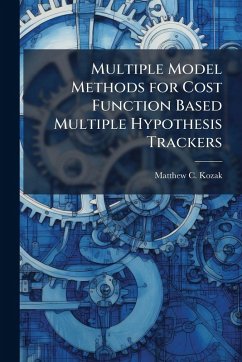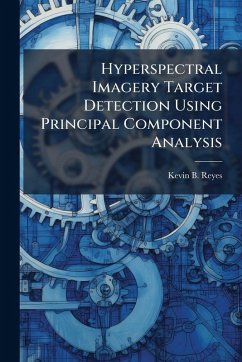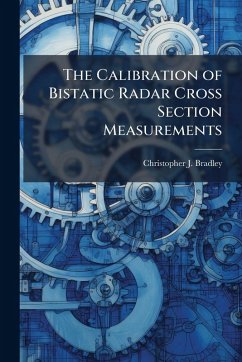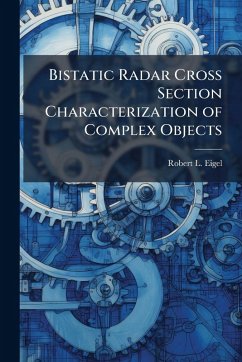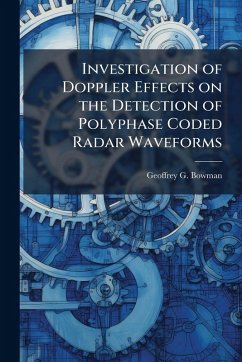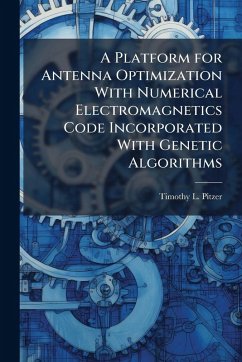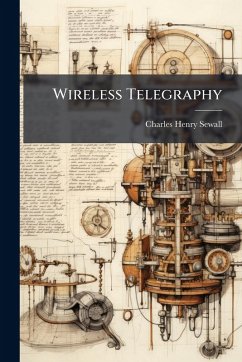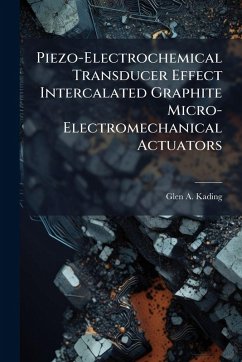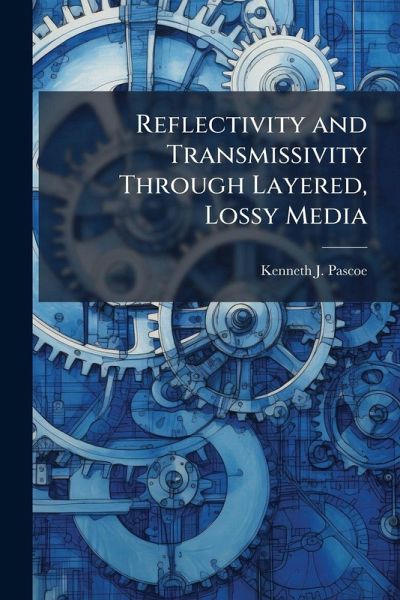
Reflectivity and Transmissivity Through Layered, Lossy Media

PAYBACK Punkte
7 °P sammeln!
The theory behind the use of layers of radar absorbing materials or other dielectric materials is identical to the theory of optical reflection and transmission through layered media. This report is intended to be of use to students studying the application of layered media to a radar cross-section reduction problem. In this report, we survey several established optics and electromagnetics texts. We critique them and attempt to reconcile differences. We arrive at a single consistent theory which fully considers lossy materials. Layers are depicted as matrices which can be multiplied to combine...
The theory behind the use of layers of radar absorbing materials or other dielectric materials is identical to the theory of optical reflection and transmission through layered media. This report is intended to be of use to students studying the application of layered media to a radar cross-section reduction problem. In this report, we survey several established optics and electromagnetics texts. We critique them and attempt to reconcile differences. We arrive at a single consistent theory which fully considers lossy materials. Layers are depicted as matrices which can be multiplied to combine the effects of several adjacent layers. We can then find the transmissivity and reflectivity of the entire multiple-layer structure. This theory is implemented in the MATLAB language in a user-friendly format. This work has been selected by scholars as being culturally important, and is part of the knowledge base of civilization as we know it. This work was reproduced from the original artifact, and remains as true to the original work as possible. Therefore, you will see the original copyright references, library stamps (as most of these works have been housed in our most important libraries around the world), and other notations in the work. This work is in the public domain in the United States of America, and possibly other nations. Within the United States, you may freely copy and distribute this work, as no entity (individual or corporate) has a copyright on the body of the work. As a reproduction of a historical artifact, this work may contain missing or blurred pages, poor pictures, errant marks, etc. Scholars believe, and we concur, that this work is important enough to be preserved, reproduced, and made generally available to the public. We appreciate your support of the preservation process, and thank you for being an important part of keeping this knowledge alive and relevant.



